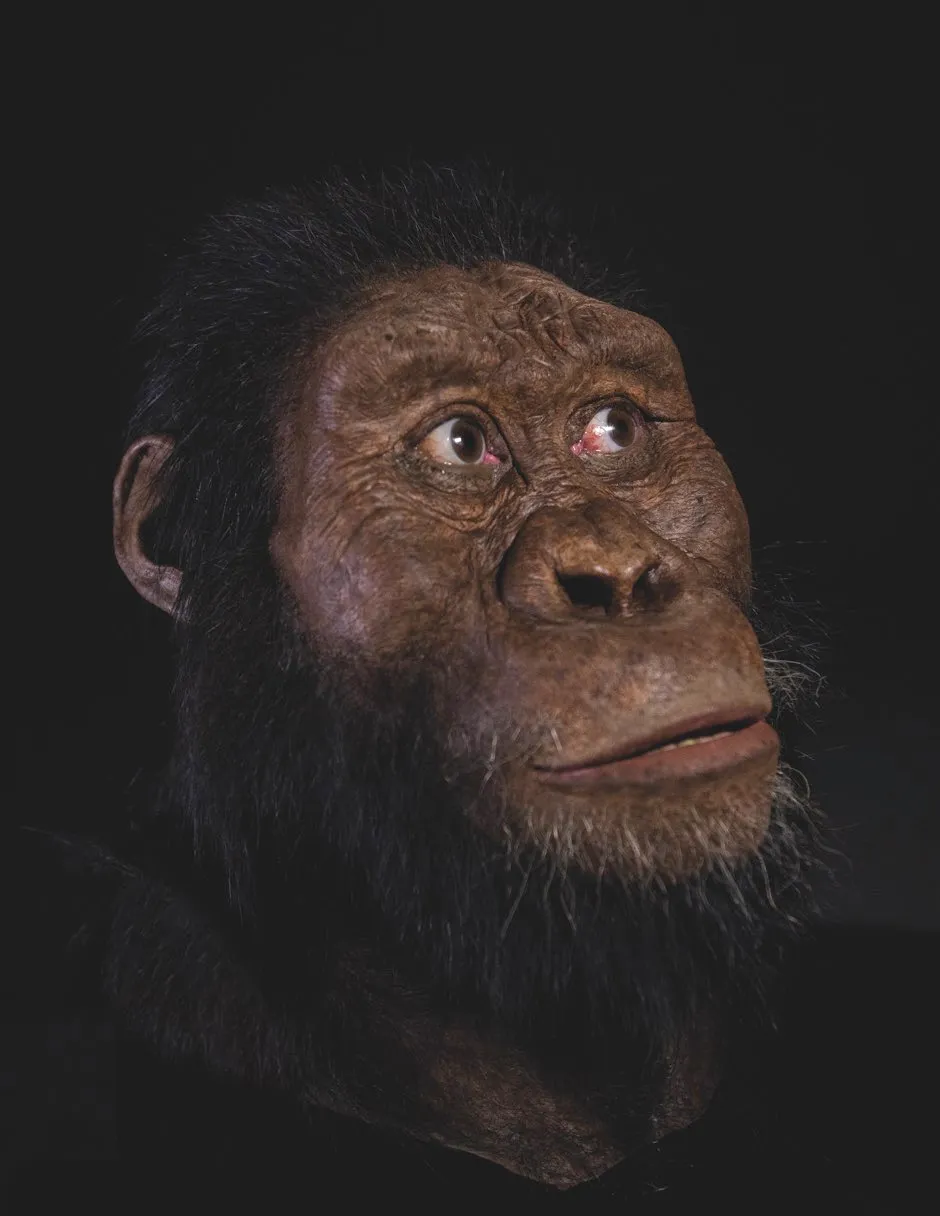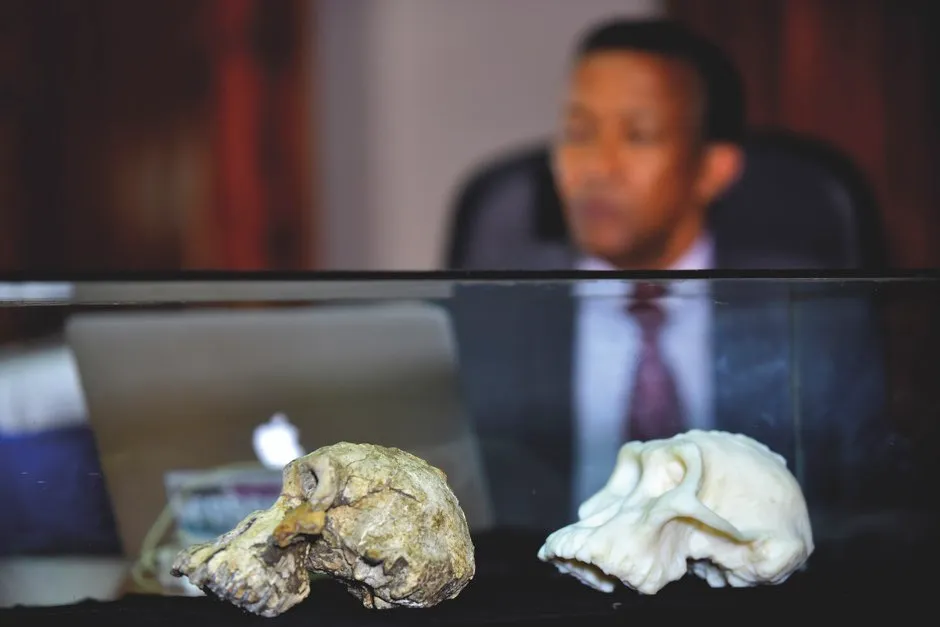The skull was discovered in 2016 at Miro Dora, in the Mille district of the Afar Regional State in Ethiopia. Analysis of its shape indicates that it belongs to Australopithecus anamensis, an ancient hominin that dates back to a time when early human ancestors were transitioning from living in trees to living on the ground.
The structure of its leg bones and ankle joints indicates that they walked upright on two feet, but their long arms and wrist bones also suggests that they were accomplished climbers. The size of the skull’s cranial cavity indicates that its brain was about the same size as a chimpanzee’s.

The researchers used distinctive features of the skull, particularly those of the upper jaw and canine teeth, to determine that it belonged to a representative of Australopithecus anamensis, a hominin species that lived between 4.2 and 3.8 million years ago.
Read more about our human ancestors:
- Ancient human species recreated from DNA
- Neanderthals weren't the strong, strapping cavepeople we imagine
The term ‘hominin’ refers to any human-like ape species, including modern humans as well as all of our early ancestors.

The age of the fossil was determined as being around 3.8 million years old. To deduce this, sedimentologist Beverly Saylor and her colleagues at Case Western Reserve University in Ohio dated the minerals in layers of volcanic rock found nearby.

Palaeoartist John Gurche, who is artist-in-residence at New York’s Museum of the Earth, used the skull to piece together an incredibly realistic facial reconstruction of A. anamensis.

The skull was displayed alongside a 3D-printed replica during a press conference in Addis Ababa hosted by Ethiopian palaeoanthropologist Prof Yohannes Haile-Selassie, who found the skull.
Follow Science Focus onTwitter,Facebook, Instagramand Flipboard